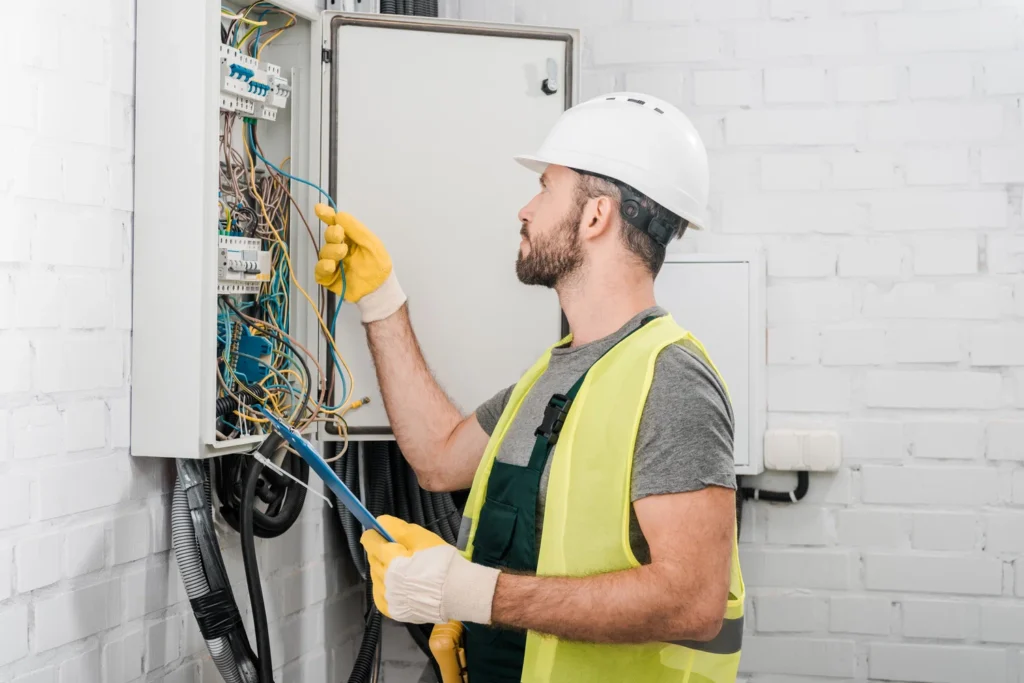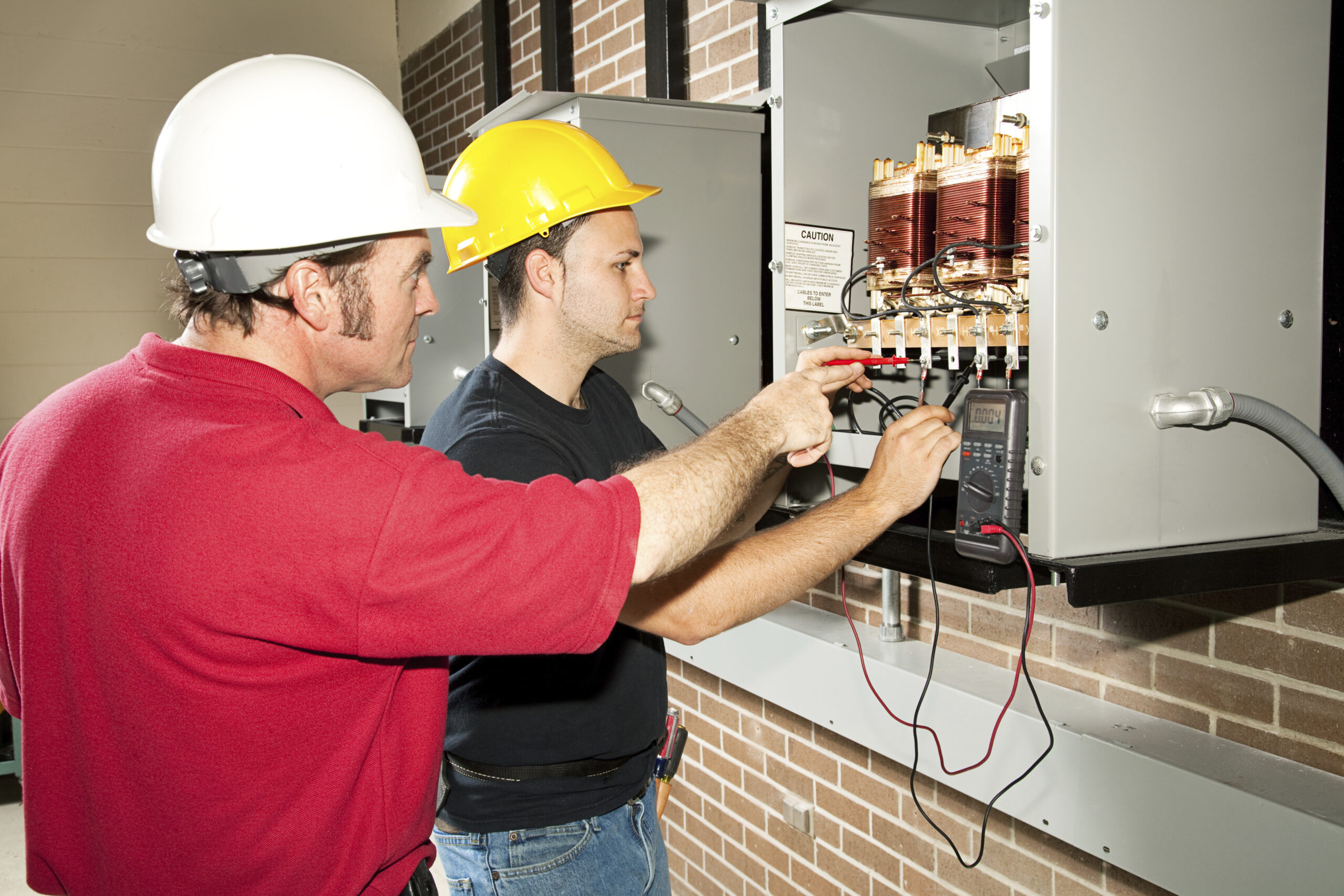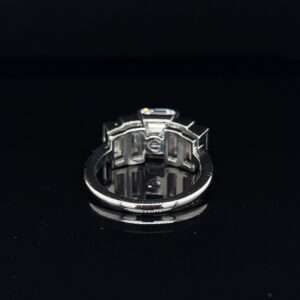
In recent years, technological advancements have significantly transformed many industries, and the field of electrical work is no exception. Electricians in City Centre, who are accountable for installing, preserving, and repairing electrical systems, have benefited enormously from these developments. From tools that increase efficiency to software that aids in design and troubleshooting, technology has revolutionised the way electricians work, making their tasks safer, faster, and more precise.
Advanced Tools and Equipment
One of the most obvious developments in the electrical industry is the innovation of tools and equipment. In the past, electricians often had to rely on basic hand tools, which required a significant amount of manual effort. However, modern tools are now more efficient, safer, and easier to use. These tools have made it possible for electricians to complete tasks more accurately and in less time.
Cordless Power Tools
Cordless drills, saws, and impact drivers have become essential for electricians. These tools are lightweight, powerful, and portable, making it easier for electricians to work in various environments, including tight spaces and hard-to-reach areas. Lithium-ion batteries, which offer longer life and quicker recharging times, have significantly improved these tools’ performance.
Cable Cutters and Strippers
Cable-cutting and stripping tools have also undergone significant upgrades. High-quality, ergonomic cable cutters reduce the strain on an electrician’s hands and wrists, making it easier to cut through tough wires. Similarly, automatic wire strippers, which adjust the stripping length based on wire size, have made it quicker and safer to prepare wires for installation.
Thermal Imaging Cameras
Thermal imaging technology has made its way into the electrical world, offering electricians a valuable diagnostic tool. These handheld devices allow electricians to quickly identify hotspots in electrical systems, such as overloaded circuits or faulty connections, without having to dismantle equipment. Thermal cameras help prevent potential failures and increase the speed of troubleshooting, as they allow electricians to detect problems in real-time and address them immediately.
Digital Multimeters and Testing Equipment
Smart Multimeters
Smart digital multimeters can calculate current, voltage, and resistance with greater accuracy. Some models also feature wireless connectivity, allowing electricians to transfer data directly to a tablet and a smartphone for additional analysis. These devices often include automated diagnostic functions, which make it easier for electricians to quickly assess electrical systems and identify issues without needing to input or calculate values manually.
Circuit Testers
Modern circuit testers are equipped with more advanced features than ever before. Some models include visual and audible alarms to alert electricians about faulty circuits, grounding issues, or live wires, which helps improve safety on the job. Additionally, some testers can also provide real-time data, such as load readings, enabling electricians to address problems quickly.
Software Solutions for Design and Planning
In the past, electricians relied on pen-and-paper methods for designing electrical systems. Today, software tools have simplified the process, allowing electricians to plan and visualise electrical layouts more effectively. These digital tools provide precise calculations, enhance collaboration, and ultimately lead to more efficient designs.
Electrical Design Software
Software programs such as Autocad and Revit have revolutionised the way electricians and electrical engineers design building layouts. With these tools, electricians can create detailed electrical blueprints and schematics, ensuring that installations are carried out according to code.
Project Management Software
Project management software has also become essential for electricians, particularly those working on larger projects. Tools like Procore and Buildertrend allow electricians to track progress, manage resources, and communicate with other team members in real-time. These platforms improve coordination, streamline scheduling, and help avoid delays, ensuring that projects are completed on time and within budget.

Improved Safety with Wearable Technology
Safety is a top priority for electricians, and wearable technology has significantly enhanced safety standards in the field. The use of safety gear, such as smart helmets and gloves, has increased in recent years, providing real-time data and alerts to electricians working on potentially hazardous sites.
Smart Helmets
Smart helmets are equipped with augmented reality (AR) technology, which allows electricians to view critical information and diagrams while keeping their hands free to work. These helmets can provide real-time updates, show electrical schematics, and even alert the wearer to potential hazards, such as the presence of live wires. By integrating digital tools directly into the worker’s gear, smart helmets have improved both safety and efficiency.
Wearable Sensors
Wearable sensors, such as smart vests or wristbands, can detect signs of fatigue or exposure to harmful conditions like extreme temperatures. These sensors can alert the electrician if they are at risk of overexertion, dehydration, or heatstroke, helping to prevent accidents and improve worker well-being.
Conclusion:
Technological advancements not only simplify electricians’ day-to-day tasks but also contribute to a more sustainable and energy-efficient future. If you are looking for the EICR Cornwall, feel free to contact our electricians.




